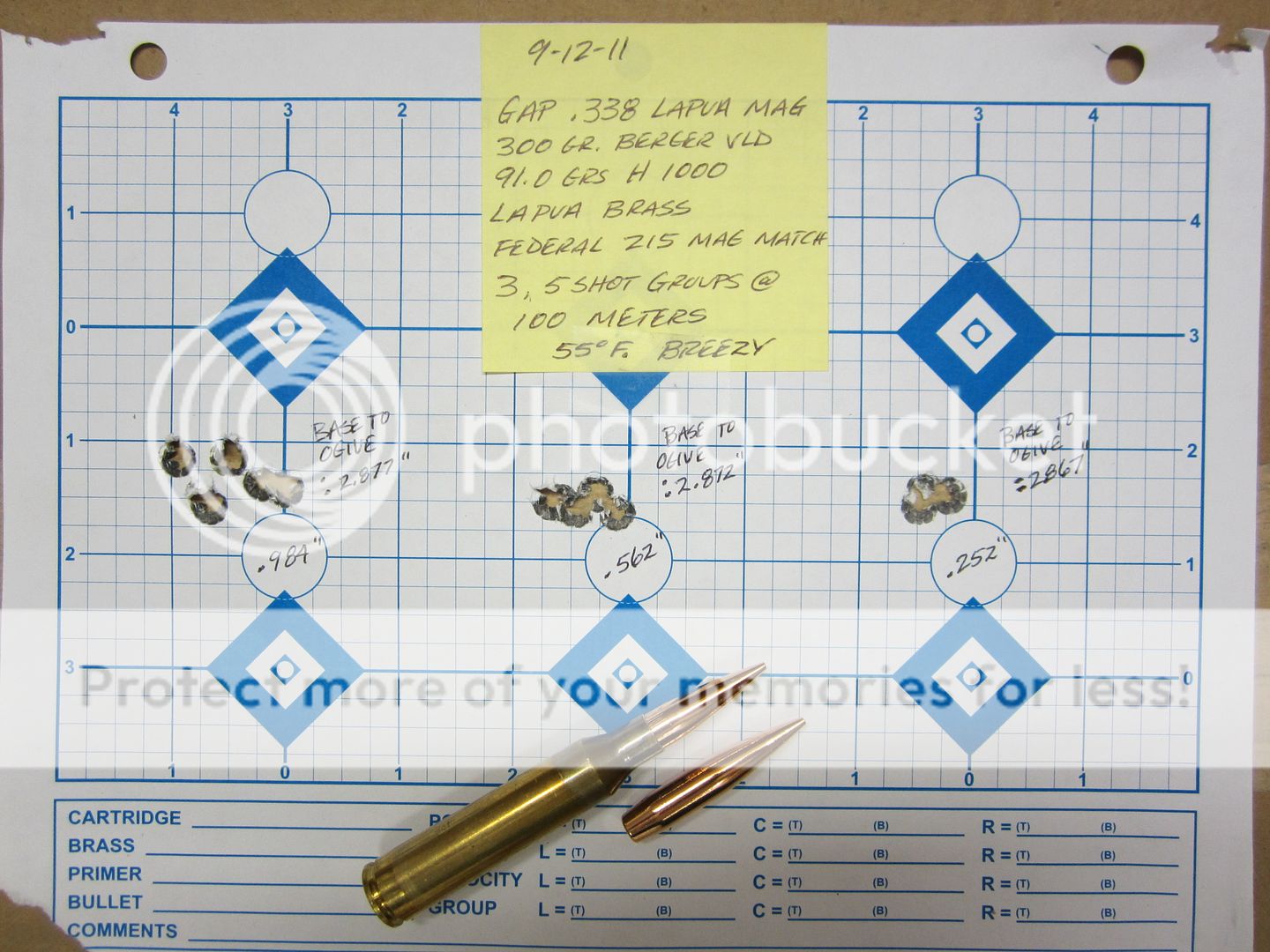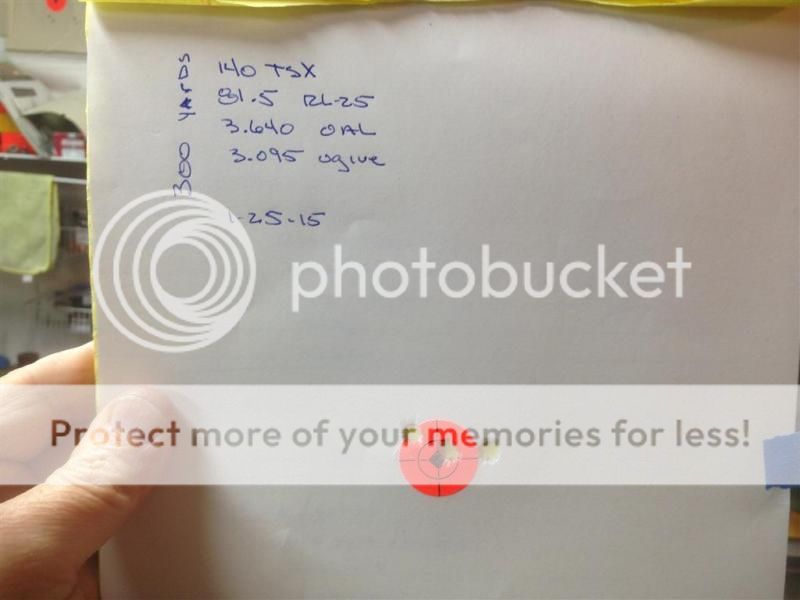nidahunter
Well-known member
I am currently reloading for my Tikka in 7mm08 and my Winchester model 70 .270. I have tried multiple powders and charges, and using accubonds for both. I bench shoot from a lead sled with the barrel strapped to the rest. The best group I can get from either is about 1.5 inches at 100 yards. My question is this: could the use of the lead sled be affecting accuracy, and would I be better off shooting off of sand bags? I cannot believe I can't do better, especially with the Tikka. I even shot factory ammo from the Tikka and had the same results. Any advice?






